Retro Replay Review
Gameplay
Tetroid 2012 takes the evergreen Tetris formula and injects it with fresh twists that keep each session feeling both familiar and surprising. At its core, you’re still rotating and dropping tetrominoes to clear lines, but the three distinct difficulty levels—Easy, Medium, and Hard—ensure that newcomers and veteran puzzlers alike can find their ideal challenge. As you clear lines, a special meter fills up: once it reaches capacity, you can trigger one of two wildly different bonus modes that completely shift the gameplay dynamic.
(HEY YOU!! We hope you enjoy! We try not to run ads. So basically, this is a very expensive hobby running this site. Please consider joining us for updates, forums, and more. Network w/ us to make some cash or friends while retro gaming, and you can win some free retro games for posting. Okay, carry on 👍)
The first bonus mode flips the playing field upside down and transforms the experience into a Breakout–style demolition frenzy. Suddenly, you’re no longer shaping rows but controlling a paddle to bounce a ball into the inverted bricks, adding a satisfying feeling of arcade catharsis. The contrast between the precise block-fitting of classic Tetris and the unpredictable ricocheting of Breakout keeps your brain engaged on multiple cognitive levels.
The second special mode channels the spirit of Mr. Driller: a tiny character appears and you drop into the stack, drilling down through layers of blocks for a limited time. This vertical descent injects a sense of speed and exploration, forcing you to decide in real time which color clusters to carve through for maximum gain. Balancing these two bonus modes with the standard line-clearing loop gives Tetroid 2012 a remarkable depth for what initially seems like a simple puzzle title.
Beyond the core mechanics, Tetroid 2012’s pacing is expertly tuned to promote that “just one more round” feeling. The various modes flow seamlessly from one to the next, and the risk/reward of banking your meter for the bigger payoff in bonus modes adds a strategic layer that veteran players will appreciate. While the learning curve is gentle, mastering the timing for meter fills and bonus activations will keep you honing your skills long after your first playthrough.
Graphics
Visually, Tetroid 2012 embraces a psychedelic aesthetic that sets it apart from most other puzzle games. The playfield’s colors pulse and shift in sync with the beat of the electronic soundtrack, creating a mesmerizing, almost hypnotic effect. Blocks occasionally warp, stretch, or shimmer, and screen-distortion filters can be toggled on or off depending on how intense you want the experience to be.
The UI strikes a fine balance between clarity and flair. Essential information—next-piece preview, special-meter gauge, score—is always easy to read even when the background is swirling with kaleidoscopic patterns. The designers have thoughtfully applied visual flourishes without sacrificing functional transparency, so you never feel lost in the artistry when you need to make split-second placement decisions.
Character sprites in the Mr. Driller bonus mode are delightfully charming, offering a brief moment of relief from the often frenetic main field. The Breakout sequences boast clean animations for ball physics and brick destruction, with colorful particle effects adding a satisfying punch to each hit. Overall, Tetroid 2012’s graphical presentation feels like a love letter to ’90s arcade psychedelia, updated with modern polish and performance.
On devices capable of higher resolutions, the color transitions are buttery smooth, and frame rates remain rock-solid even when the screen is awash in visual filters. If you’re sensitive to intense motion, an “eye-friendly” mode dims some of the more extreme distortions, demonstrating the developers’ care for player comfort without compromising the game’s distinctive look.
Story
While Tetroid 2012 doesn’t follow a traditional narrative arc or plot-driven campaign, it crafts its own form of storytelling through audio-visual synchronization. Each play session feels like a chapter in an unfolding audiovisual odyssey, as tracks flow seamlessly and colors morph in response to your in-game actions. In this sense, the game tells its story through rhythm, mood, and player interaction rather than characters or cutscenes.
The soundtrack itself serves as a sort of narrative spine. You can choose between ambient, rhythmic, or a mixed tracklist of 21 compositions by a diverse lineup of experimental electronic artists. From the pulsating minimalism of Atomhead’s “Intro” to the driving beats of Critikal’s “Tetris” remix and the dreamy textures of Elín’s “Fable,” each piece shapes your emotional journey bit by bit.
Activating bonus modes adds dramatic twists to that musical narrative. When the field flips for Breakout, the tempo and intensity of the soundtrack ramp up, matching the shift in gameplay. Dropping down in Mr. Driller mode feels like a descent into the sonic underworld, where deeper bass lines and glitchy percussion guide your path. Even without a conventional storyline, Tetroid 2012 feels like an interactive album that you compose in real time.
For players who appreciate games as art installations, Tetroid 2012 offers a unique take on storytelling. You’re not rescuing princesses or battling villains, but rather pioneering an audiovisual experiment that blurs boundaries between listening and playing. The absence of a linear plot frees you to explore the game’s sensory landscape at your own pace, making every session an open-ended creative act.
Overall Experience
Tetroid 2012 is a niche title with broad appeal: it’s perfect for puzzle aficionados looking to refresh their Tetris habit, electronic music fans seeking an interactive medium, and players who crave something a little more avant-garde in their gaming library. The core mechanics are rock-solid, the audiovisual presentation is consistently captivating, and the dual bonus modes inject well-timed jolts of variety.
Replay value is exceptionally high thanks to the depth of strategy in choosing when to deploy your bonus meters and which musical atmosphere you want to inhabit. The 21-track roster ranges from serene ambiance to driving techno, ensuring that no two sessions ever feel identical. Whether you’re playing in short bursts or marathon sittings, Tetroid 2012 keeps its addictive edge.
There are minor quibbles—some players may find the psychedelic visuals overwhelming, and those expecting a traditional narrative might feel adrift. However, customization options for visual intensity and the game’s intuitive design quickly overcome these hurdles. The net result is an experience that’s as much a piece of experimental art as it is a finely tuned puzzle game.
Ultimately, Tetroid 2012 stands out as a creative fusion of music and gameplay. It doesn’t merely use electronic tracks as background music; it weaves them into the core of every mechanic and visual flourish. For anyone intrigued by the crossroads of audio and interactivity, this title offers a compelling, endlessly replayable adventure.
 Retro Replay Retro Replay gaming reviews, news, emulation, geek stuff and more!
Retro Replay Retro Replay gaming reviews, news, emulation, geek stuff and more!
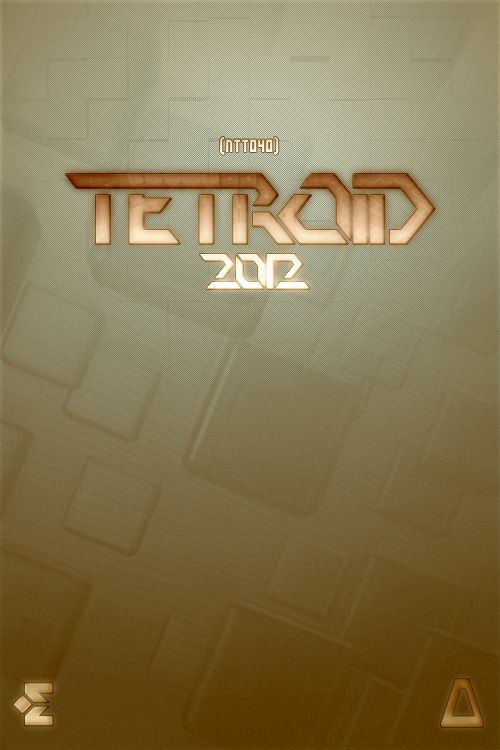
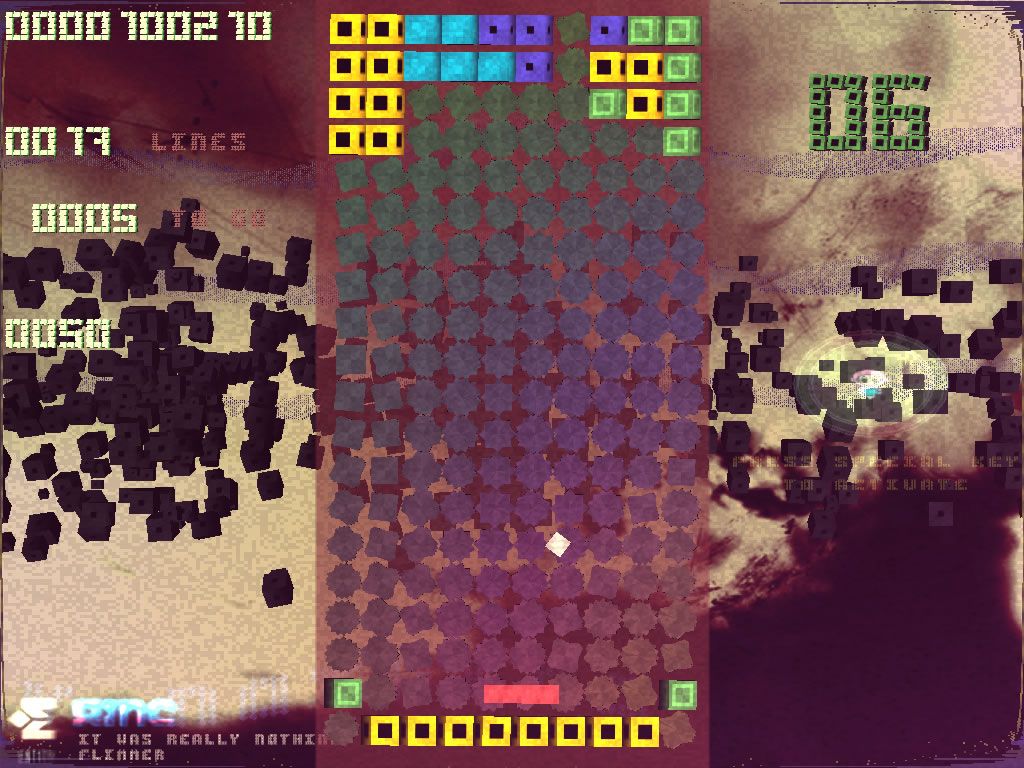
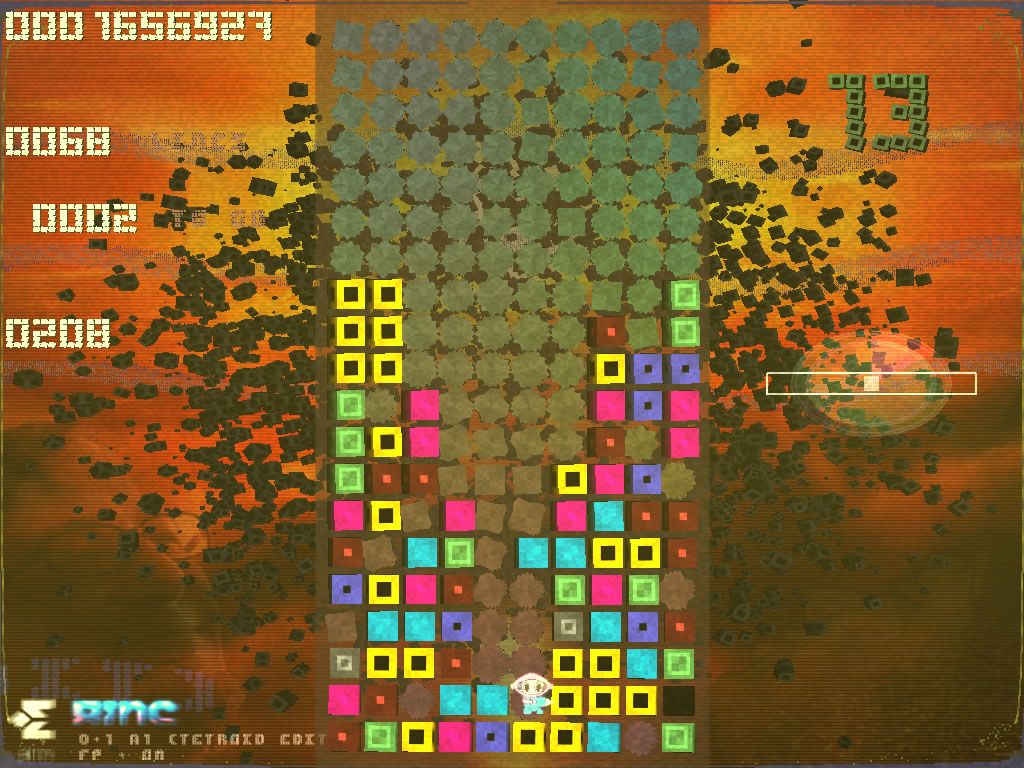
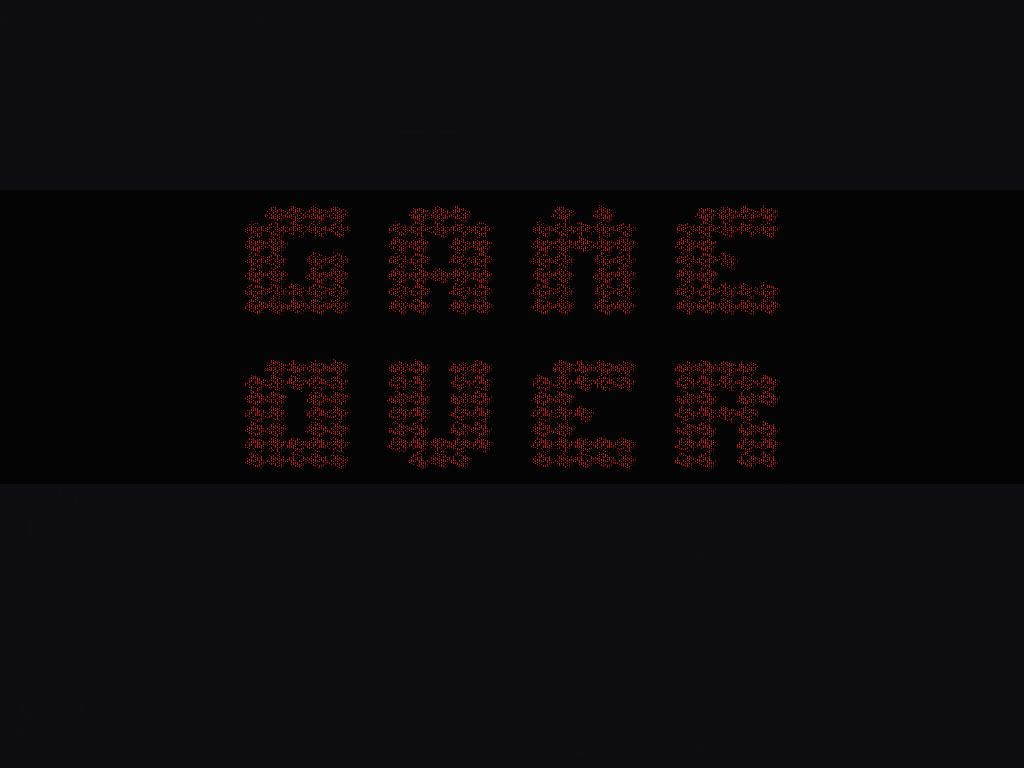
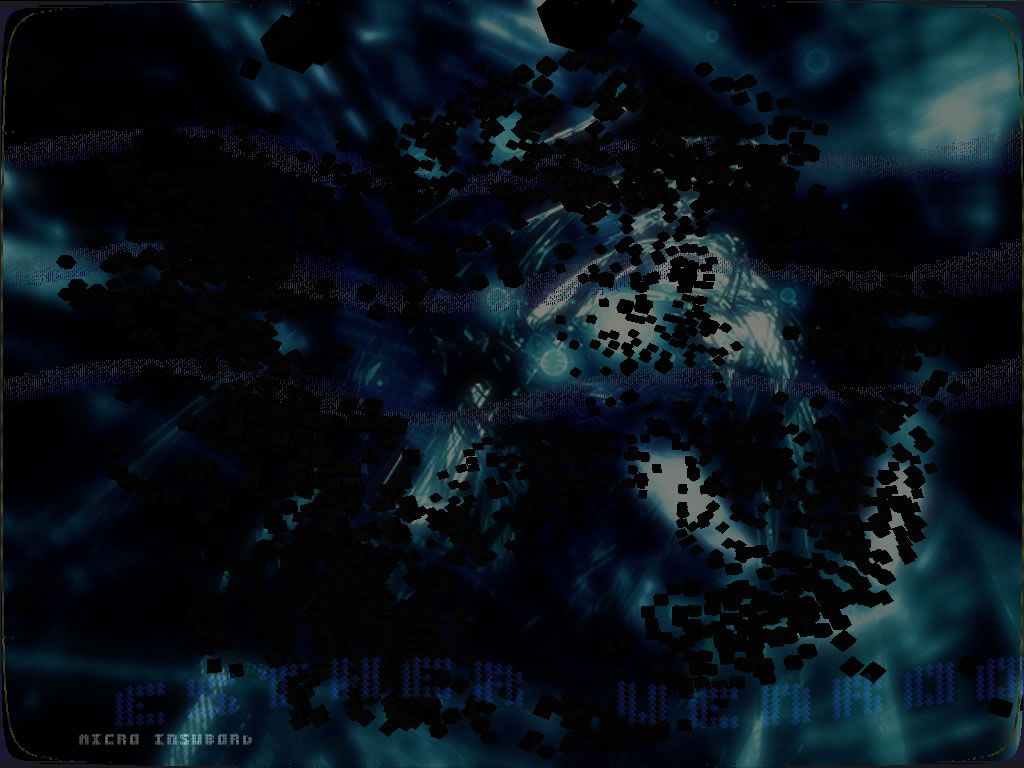
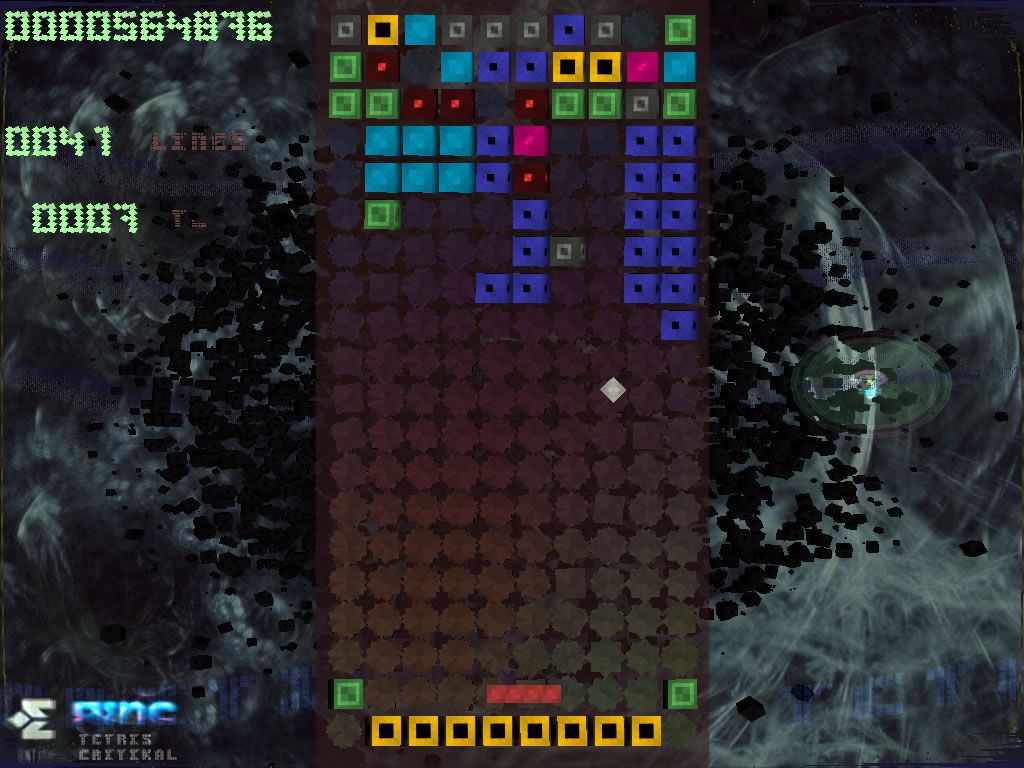



Reviews
There are no reviews yet.